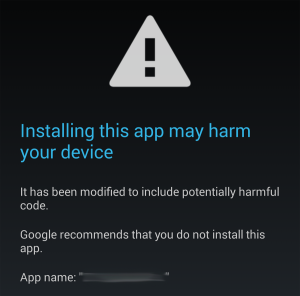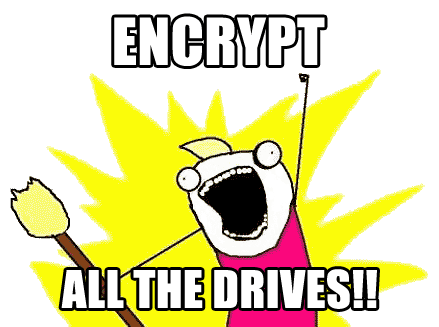Now is probably a good time to mention that I have a paper shredder. When I was shopping for a shredder, the basic requirement is that it must be relatively “secure”. Straight cut shredders (that produce long straight strips) are definitely not secure.
Ultimately I settled on the CARL DS-3000 personal paper shredder. The DS-3000 is a cross-cut shredder which produces “particles” no larger than 2mm x 4.5mm and this meets DIN security level 4. These days, the NSA mandates 1mm x 5mm “particles” for classified documents.
At this point, it’s probably helpful to show you what my shredder bin looks like:

From the particles, you can make out various truncated words such as “A/C”, “exp” and the number “5”, but it’s almost impossible to reconstruct any bank balances or personal information from it.
This particular model was the right balance between my budget and the level of security. Plus, the shredder is compact enough to sit on your desk. I bought it in 2009 and I use it every couple of months when I have accumulated enough material that needs to be destroyed.
I was in the middle of shredding papers when it suddenly stopped working. Now the shredder does not respond when I stick paper into its slot. The LED indicator looks dimmer than usual when it is turned on.
But I’m not ready to give up on it just yet…



